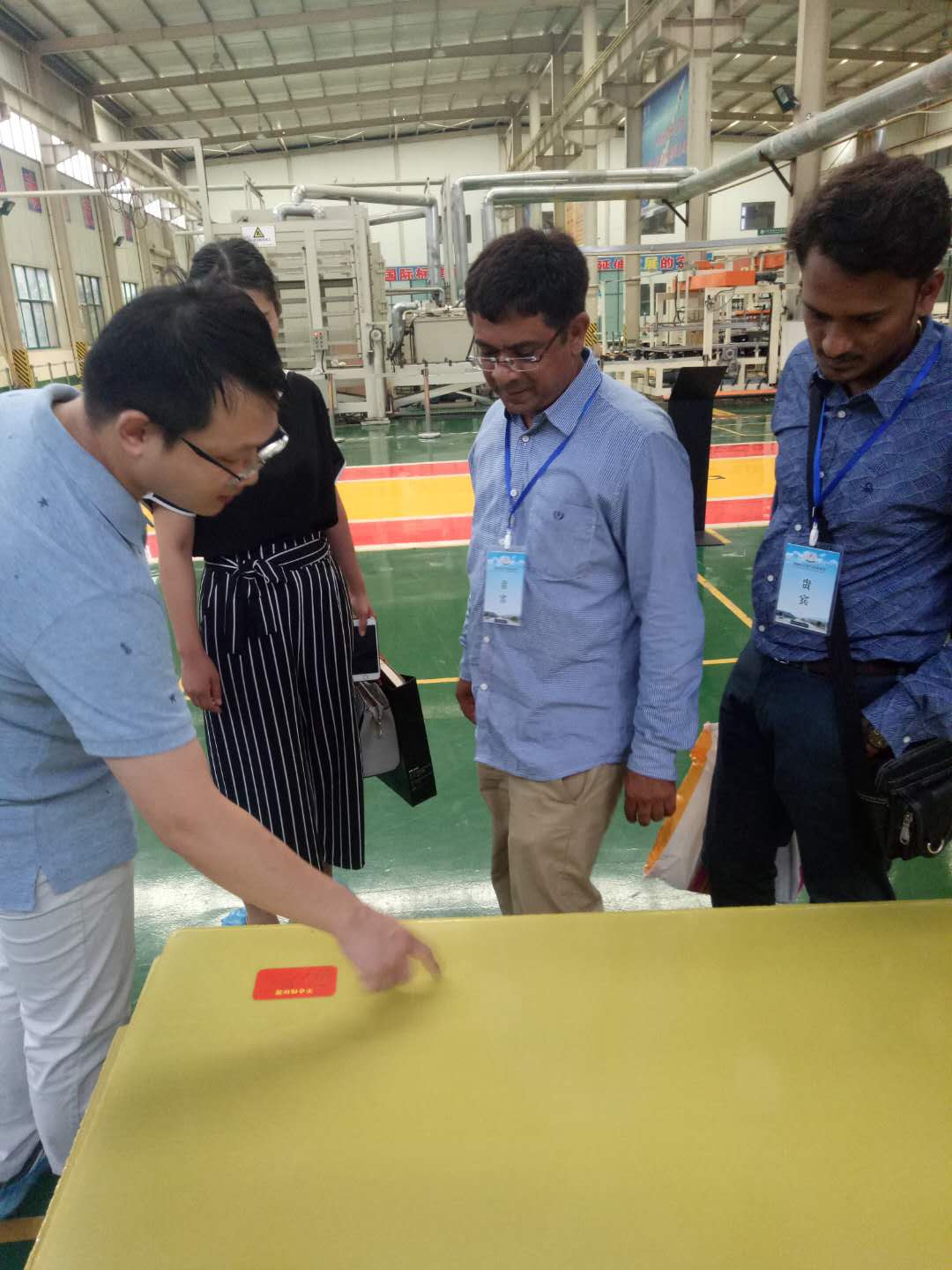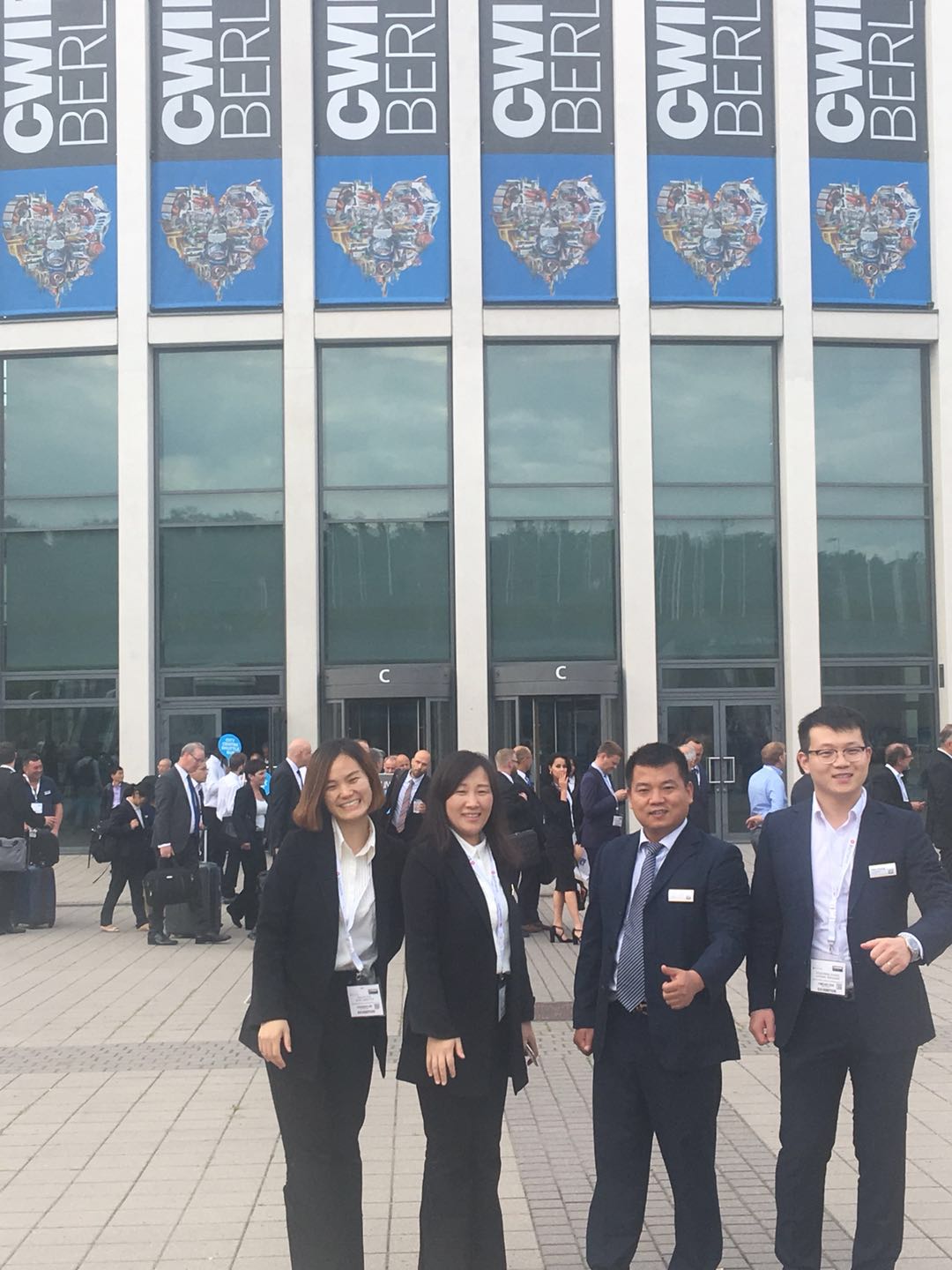Excellent Corrosion Resistance of PP Board
Conventional modification of pp boards is carried out by adding metal additives, glass fibers or thermoplastics to the home during the polymerization process. The flow rate of pp is usually between one and forty in the range of MFR. The low MFRpp material has better impact resistance but is weaker in ductility. If compared to the same MFR material, the homopolymerization type is lower than that of the copolymerization type. Because pp is a crystalline material, the shrinkage rate is relatively high, usually between 1.8% and 2.5%. If 30% of the glass additive is added, the shrinkage rate can be controlled to about 7 percent, and the uniformity of the shrinkage direction can be much better than materials such as PE-HD.

Both the homopolymerized pp material and the copolymerized pp material have excellent acid and alkali resistance, corrosion resistance, moisture absorption resistance, and solubility resistance, and are suitable for aromatic hydrocarbon solvents (including benzene hydrocarbons) and chlorine. The hydrocarbon solvent (carbon tetrachloride) does not produce resistance. PE will still have oxidation resistance at high temperatures and pp will not.

The glass fiber reinforced PP board is added with 20% glass fiber reinforcement during the modification process, so that it can maintain its original excellent performance, and the strength and rigidity are doubled compared with the ordinary pp board. It has low shrinkage, anti-corrosion and arc resistance, low temperature impact resistance and good heat resistance, and is very useful in sewage treatment, metallurgy, light industry, medicine, food, pesticide, dye, petroleum, chlor-alkali, chemical fiber and so on.